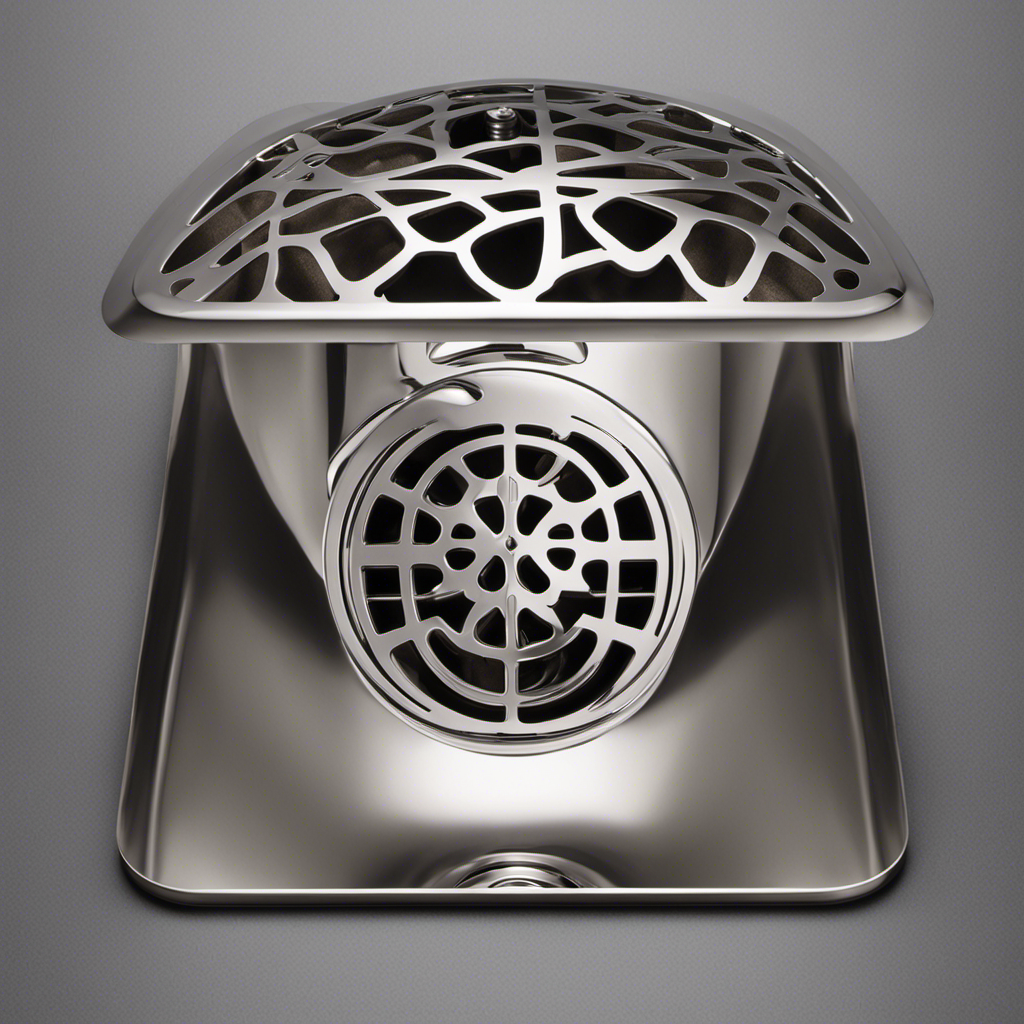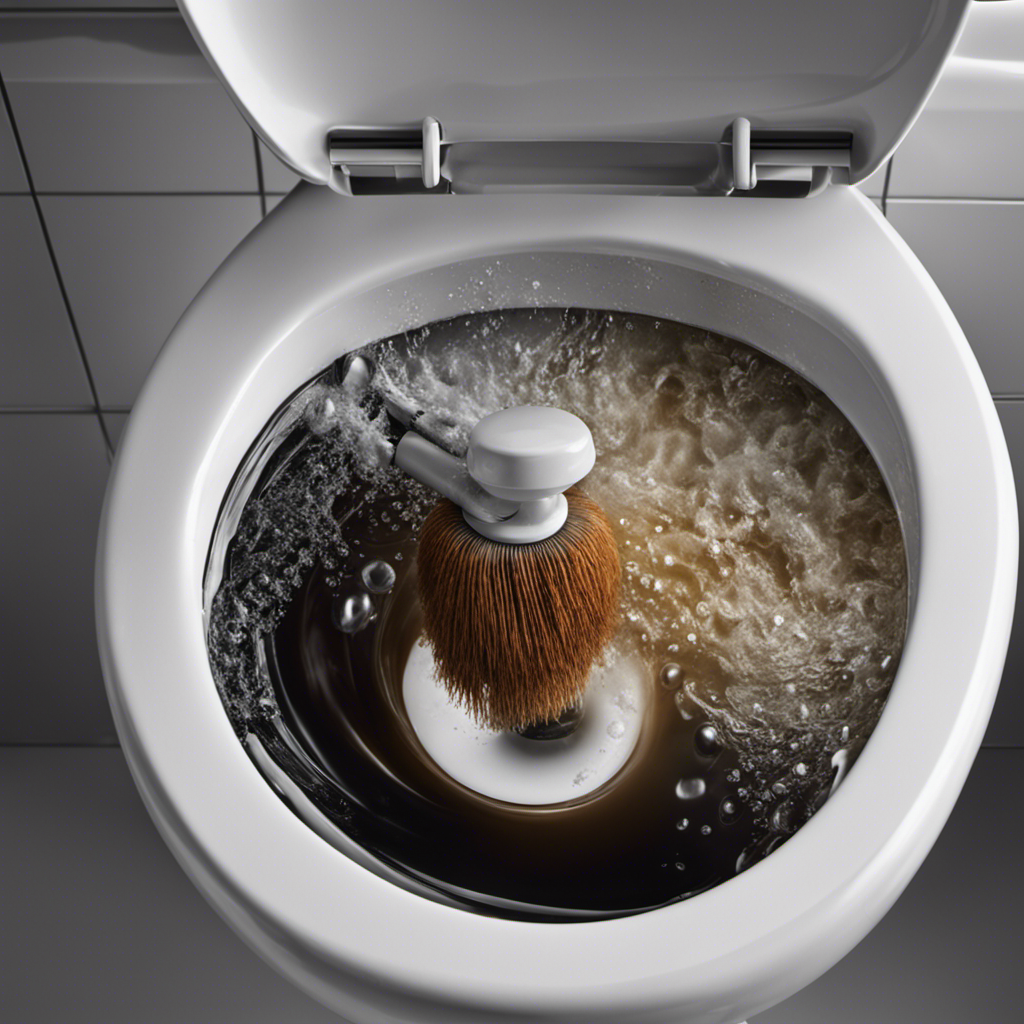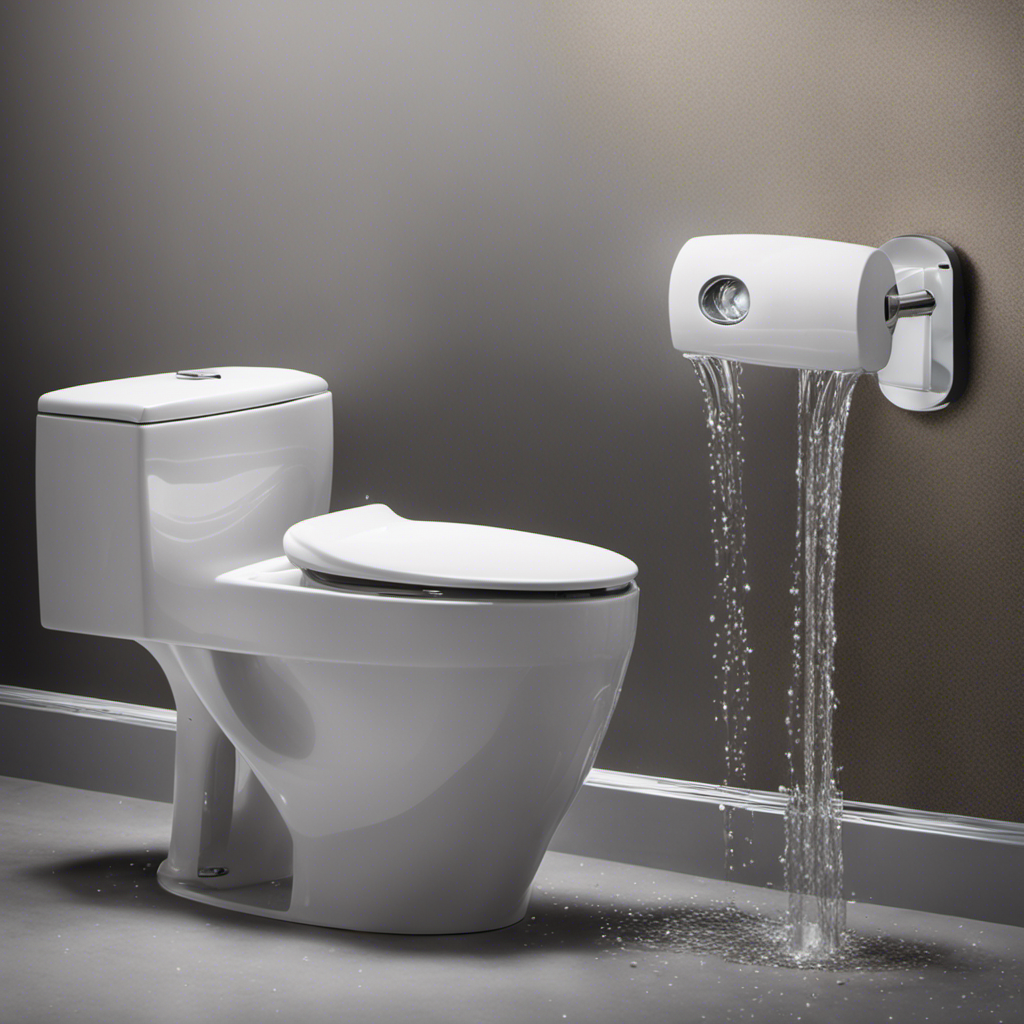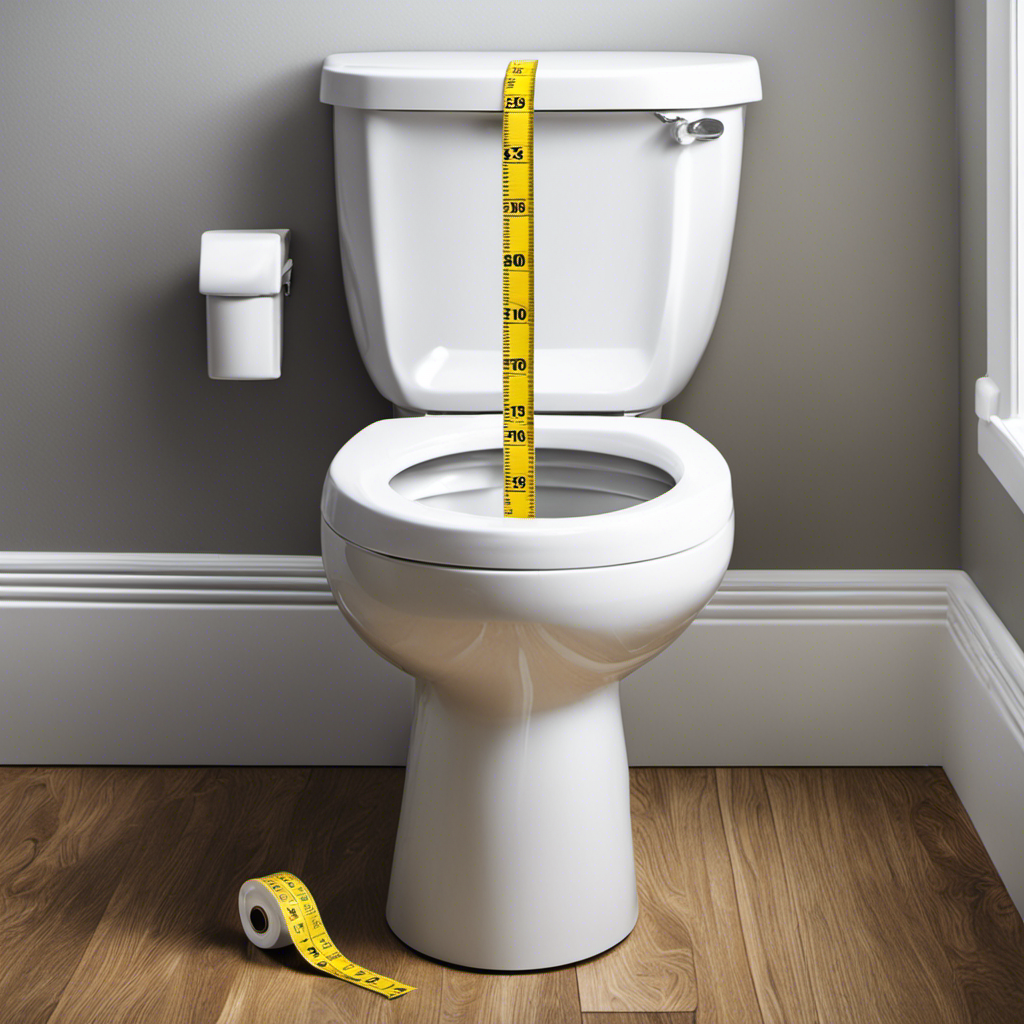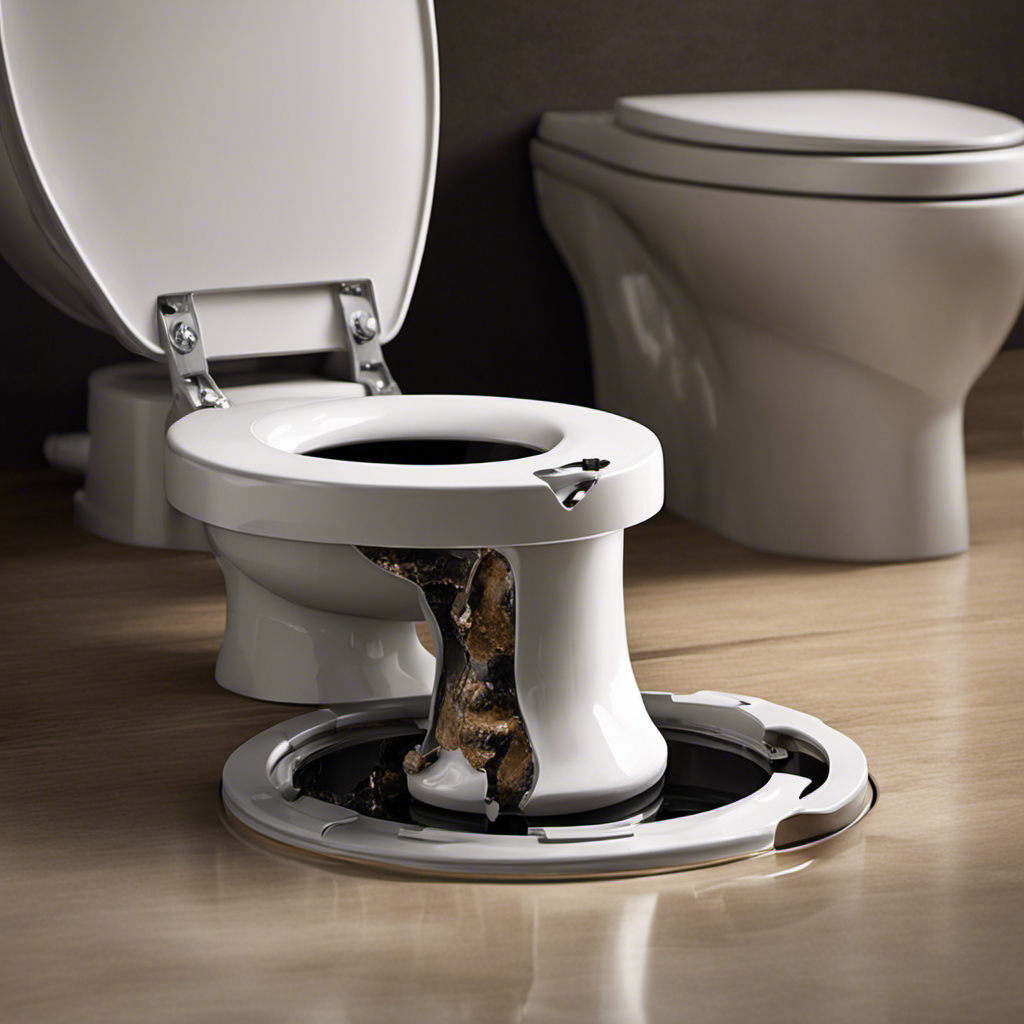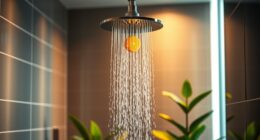As a plumber, I have come to see shower drain traps as the unsung heroes of our plumbing systems. These traps, like the P-trap, U-trap, or S-trap, may seem like simple components beneath our drains, but they play a crucial role in keeping our showers free from foul odors and unwanted guests.
By creating an airtight seal and holding a small amount of water, these traps prevent sewer gases, bugs, and drain flies from infiltrating our relaxing oasis.
In this article, we will explore the purpose and importance of shower drain traps, common problems and solutions, and the significance of proper maintenance.
Key Takeaways
- Shower drain traps, such as P-traps, U-traps, or S-traps, create an airtight seal and prevent sewer gases from entering the shower.
- The main purpose of a P-trap in a shower drain is to prevent sewer gases from coming back up and also prevent bugs, drain flies, and foul odors from entering the shower.
- Regularly pouring water down the drain can prevent dry and damaged traps, and using baking soda and vinegar or enzymatic cleaners can clear minor blockages and remove odors.
- P-traps are required by building codes in the United States and should be used in shower installations to comply with regulations and prevent foul odors and standing water.
The Role of Shower Drain Traps in Plumbing Systems
The role of shower drain traps in plumbing systems is to prevent sewer gases and foul odors from entering the shower and maintain proper drainage.
One of the most commonly used traps in shower drains is the P-trap. The benefits of using P-traps in shower drains are significant. They create an airtight seal that prevents sewer gases from coming back up into the shower. Additionally, P-traps prevent bugs, drain flies, and foul odors from entering the shower, ensuring a clean and hygienic environment.
Improper trap installation can have a detrimental impact on plumbing systems. If the trap is installed incorrectly or too far from the drain, it can cause odors to occur. It is crucial to ensure proper installation to avoid these issues and maintain the functionality of the plumbing system.
Preventing Sewer Gases: The Vital Function of Shower Drain Traps
Preventing sewer gases from entering my shower is a vital function of the trap beneath the drain. The trap, such as a P-trap, creates an airtight seal to ensure that harmful sewer gases are blocked from entering the bathroom.
These gases, which contain toxic substances like methane and hydrogen sulfide, can be dangerous to my health if inhaled. The importance of an airtight seal cannot be overstated, as even small leaks or cracks in the trap can allow these gases to seep into the shower area.
Common Problems and Solutions for Shower Drain Traps
To address issues with my shower drain trap, I can perform regular maintenance and use baking soda and vinegar to clear minor blockages.
Regularly checking and cleaning the trap is essential for preventing clogs and maintaining proper drainage.
If I notice any blockages, I can try using a mixture of baking soda and vinegar to dissolve them. Simply pour half a cup of baking soda down the drain, followed by half a cup of vinegar. Let it sit for about 30 minutes, then flush it with hot water. This method can help clear minor blockages and remove any foul odors.
However, for stubborn clogs, it may be necessary to use a chemical drain cleaner or seek professional help.
P-Trap Installation: A Key Step in Ensuring Proper Drainage
Installing a P-trap correctly is essential for ensuring proper drainage in your shower.
The accessibility of the P-trap depends on the type of shower and the plumbing system.
DIY installation is possible for some homeowners, especially if there is easy access to the plumbing.
However, in cases where access is limited or if the shower requires extensive modifications, it is recommended to seek professional help.
Professional plumbers have the expertise and tools to handle complex installations and ensure that the P-trap is properly aligned and connected.
They can also ensure that the installation meets building codes and regulations.
While DIY installation may save money, it is important to weigh the potential risks and challenges before attempting it.
Exploring Alternatives to P-Traps in Shower Drains
I learned that bottle traps are commonly used as alternatives to P-traps in European countries. These traps have their own set of advantages and disadvantages compared to traditional P-traps. Here are some key points to consider when evaluating alternative shower drain traps:
Pros of bottle traps:
- Space-saving design: Bottle traps are compact and can be installed in tight spaces.
- Easy maintenance: Cleaning and removing blockages from bottle traps is usually straightforward.
- Aesthetically pleasing: Bottle traps come in various designs and finishes, allowing for customization to match the bathroom decor.
- Versatility: Bottle traps can be used with different types of fixtures, including sinks and bidets.
- Availability: Bottle traps are widely available in European markets.
Cons of bottle traps:
- Limited application: Bottle traps may not be suitable for shower drains due to building codes in certain areas.
- Potential code violations: Installing a bottle trap in a shower drain without compliance with building codes can lead to legal issues.
- Compatibility issues: Bottle traps may not fit all plumbing configurations, requiring additional modifications or adaptors.
- Higher risk of leaks: The design of bottle traps may be more prone to leaks compared to traditional P-traps.
- Limited availability in certain regions: Bottle traps may be harder to find in areas outside of Europe.
It is crucial to consider the impact of building codes on shower drain trap options. Building codes vary across different countries and even within states, and they dictate the specific requirements for plumbing installations. Before considering alternative traps, it is essential to check the building codes in your area to ensure compliance and avoid potential code violations.
The Significance of Proper Maintenance for Shower Drain Traps
Regularly maintaining and cleaning shower drain traps is essential for preventing clogs, foul odors, and potential plumbing issues. Neglecting to take care of your shower drain traps can lead to costly repairs and disruptions to your daily routine. By following a regular maintenance routine, you can extend the lifespan of your shower drain traps and ensure optimal functionality. Troubleshooting issues with shower drain traps is also crucial for identifying and resolving any problems before they escalate. Whether it’s a clog, a foul odor, or a leak, understanding the importance of regular cleaning for shower drain traps is key to keeping your plumbing system in top shape. Take a proactive approach and make sure to incorporate regular cleaning and maintenance into your household routine.
| Importance of Regular Cleaning for Shower Drain Traps | Troubleshooting Issues with Shower Drain Traps |
|---|---|
| Prevents clogs, foul odors, and plumbing issues | Identifies and resolves problems in a timely manner |
| Extends the lifespan of shower drain traps | Maintains optimal functionality |
| Saves you money on costly repairs | Minimizes disruptions to daily routine |
| Promotes a healthy and clean bathroom environment | Ensures a properly functioning plumbing system |
Frequently Asked Questions
Are Shower Drain Traps Required by Building Codes in All Countries?
Shower drain traps are required by building codes in many countries. They serve the important purpose of preventing sewer gases and bugs from entering the bathroom. However, the specific regulations and types of traps used can vary between countries.
Can Chemical Drain Cleaners Like Green Gobbler Damage Shower Drain Traps?
Yes, chemical drain cleaners like Green Gobbler can damage shower drain traps. These cleaners contain harsh chemicals that can corrode and weaken the trap, leading to leaks and other plumbing issues. It’s best to use eco-friendly drain cleaners to protect your traps.
What Is the Difference Between a Shower P-Trap and a Sink P-Trap?
The difference between a shower P-trap and a sink P-trap lies in their design and curvature. A shower P-trap has a less pronounced curve compared to a sink P-trap, allowing for better water flow in the shower drain.
Can Bottle Traps Be Used as Alternatives to P-Traps in Shower Drains?
Bottle traps can be used as alternatives to P-traps in shower drains, but there are pros and cons. Building codes must be checked to ensure compliance. Proper maintenance of shower drain traps is essential for optimal functionality.
Are Shallow P-Traps Suitable for All Types of Shower Installations?
Shallow P-traps may not be suitable for all types of shower installations due to potential code violations. It is important to comply with building codes and use traps specifically designed for showers to ensure proper drainage and avoid issues with foul odors or standing water.
Conclusion
In conclusion, shower drain traps play a crucial role in maintaining the integrity of plumbing systems. They prevent sewer gases, bugs, and foul odors from infiltrating the shower, ensuring a clean and hygienic bathing experience.
Regular maintenance, such as pouring water down the drain and using appropriate cleaners, is essential for avoiding clogs and odors.
P-trap installation is a vital step in ensuring proper drainage, and it is important to use traps designed specifically for showers to comply with building codes.
By understanding the purpose and importance of shower drain traps, we can maintain optimal functionality and avoid the need for professional plumbing services.
